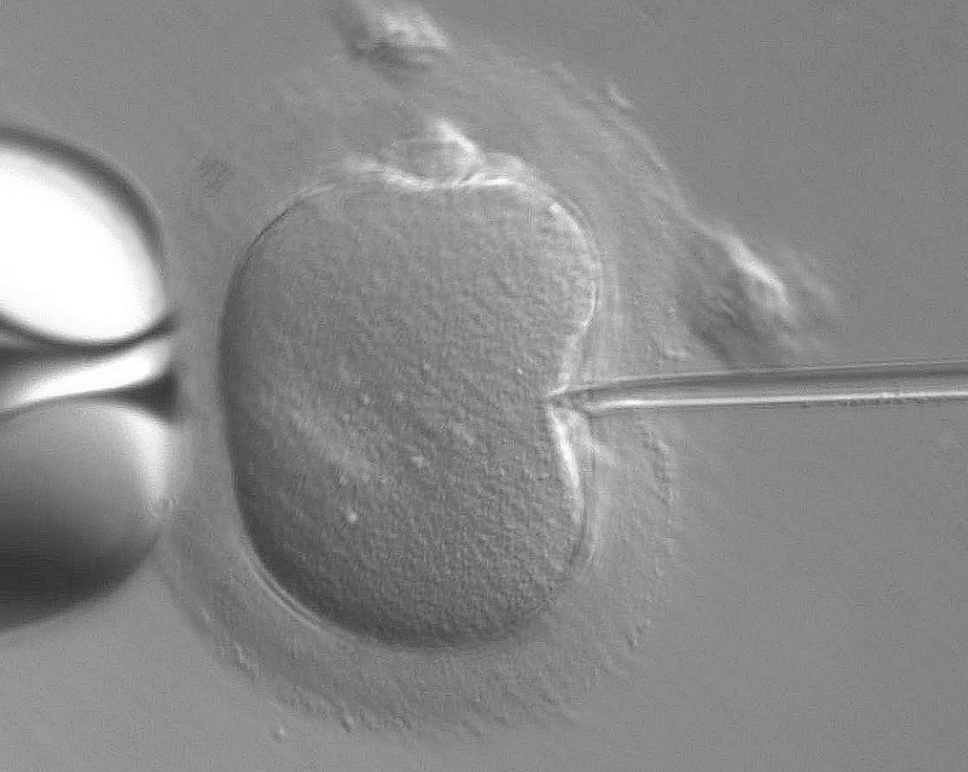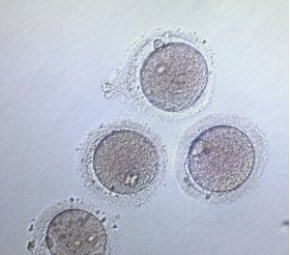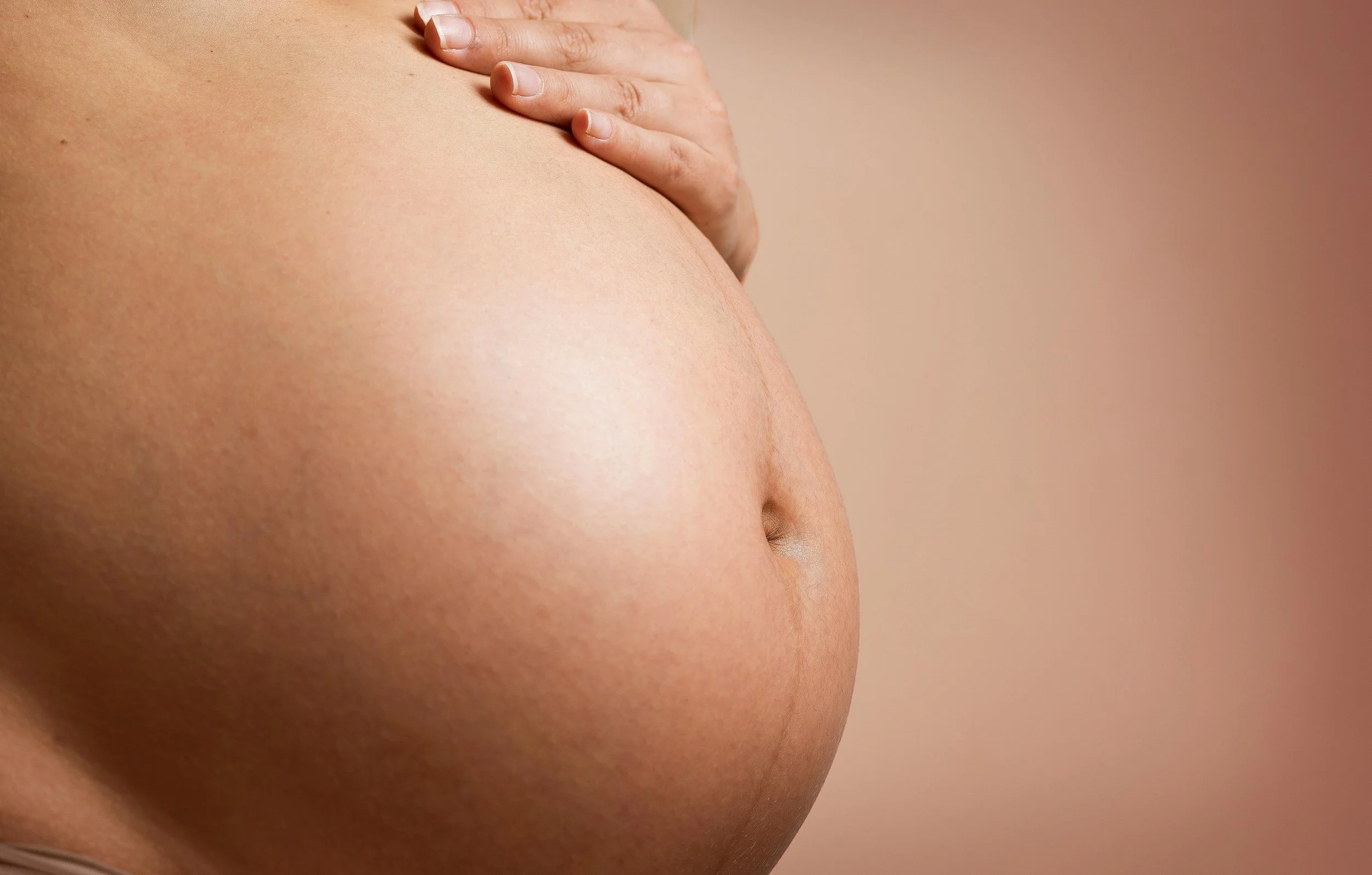Acupuncture & TCM for
Lower Extremity Injuries
A Brief Introductory Guide

Understanding the Challenges of Lower Extremity Injuries and the Benefits of Acupuncture
Lower extremity injuries, including those affecting the hips, knees, ankles, and feet, are common among athletes, active individuals, and even those with sedentary lifestyles. These injuries can result from trauma, overuse, or degenerative conditions and include sprains, strains, fractures, ligament tears, and tendonitis. Lower extremity injuries can significantly impact mobility, causing pain, swelling, and difficulty performing daily activities. Managing these injuries is often complex and requires a comprehensive approach that addresses pain, promotes healing, and supports a safe return to physical activity. Conventional treatments like rest, physical therapy, and pain medications can be beneficial, but they may not address the root causes or promote optimal healing. Acupuncture, a therapy rooted in Traditional Chinese Medicine (TCM), offers a natural, effective way to support the management of lower extremity injuries by alleviating pain, reducing inflammation, and promoting overall recovery.
LISTEN TO THIS ARTICLE
The Wellspring Integrative Approach
Women’s Health during all stages of conception, pregnancy, labor, delivery, and postpartum recovery is our specialty here at Wellspring Health.
It takes a village to raise a child, but before that, it takes a team to make a baby. You can’t do it alone and we at Wellspring Health are privileged to be a member of your team. Wellspring Health uses Traditional Chinese Medicine (Acupuncture & Herbal Medicine) and Conventional medicine in an integrative approach. This combination can enhance treatment outcomes, manage the side effects of conventional treatments (like chemotherapy), and provide additional support for chronic or complex conditions. We love science and we love working with conventional medical Doctors. This approach combines the strengths of both systems, offering a broader range of treatment options and emphasizing the prevention of disease as well as the treatment of existing conditions.
Reproductive Endocrinologists & Gynecologist Support During Fertility & Pregnancy: We enjoy collaborating with physicians and have extensive experience working with a large network of specialists in Manhattan. We can provide recommendations and referrals for every stage of the fertility, pregnancy, and postpartum journey.
Doula Support: We frequently work with doulas throughout all stages of pregnancy and delivery, providing integrated care and support to enhance the birthing experience.
Below is a comprehensive introductory guide to how Wellspring & TCM can support you throughout every stage of your journey. Feel free to jump to any specific section that best suits your needs.
Click to jump to section:
Challenges Associated with Lower Extremity Injuries
Pain and Discomfort: Pain is one of the most immediate and debilitating symptoms of lower extremity injuries. Depending on the severity of the injury, pain can range from mild discomfort to severe, incapacitating pain that limits mobility. Conditions like ankle sprains, ACL tears, or hip fractures can cause acute pain that makes it difficult to walk, stand, or bear weight on the affected limb. Managing this pain is crucial for the recovery process, but conventional pain medications can have side effects and may not provide long-lasting relief.
Swelling and Inflammation: Swelling and inflammation are common responses to lower extremity injuries, especially in soft tissue injuries like ligament sprains or muscle strains. Inflammation is the body’s natural response to injury, but excessive or prolonged inflammation can delay healing and contribute to chronic pain. Reducing inflammation is essential for promoting tissue repair and preventing complications such as scar tissue formation or joint stiffness.
Reduced Mobility and Limited Function: Lower extremity injuries often lead to reduced mobility and function, making it difficult to perform everyday activities such as walking, climbing stairs, or getting in and out of a car. This loss of mobility can result in muscle weakness, decreased range of motion, and reduced balance and coordination. Restoring mobility and function is a critical aspect of rehabilitation but requires time, effort, and effective pain management to prevent further injury.
Prolonged Recovery and Risk of Re-Injury: Lower extremity injuries can have lengthy recovery periods, especially when they involve major joints or bones. Conditions like ACL tears, hip fractures, or Achilles tendon ruptures can take months to heal, during which time the patient may experience difficulty returning to normal activities. Even after recovery, there is often a high risk of re-injury if the affected area has not fully regained strength, flexibility, and stability. This can make rehabilitation a challenging and frustrating process.
Emotional and Psychological Impact: Lower extremity injuries can take a toll on mental health, leading to feelings of frustration, anxiety, and even depression. The inability to participate in physical activities or sports can negatively impact mood and motivation. Additionally, concerns about re-injury or the fear of losing physical abilities can create psychological barriers to recovery and hinder rehabilitation efforts.
Dependence on Pain Medications and Surgical Interventions: Many individuals with lower extremity injuries rely on pain medications or surgical interventions to manage their condition. While these treatments can be effective, they are not without risks. Pain medications may cause side effects such as drowsiness, digestive issues, or dependency, and surgery carries risks of infection, complications, and lengthy rehabilitation periods. Finding natural, non-invasive alternatives for pain management and recovery is crucial for overall health and well-being.
From Our Fertility Clients
"I worked with Kirsten over the course of a couple of years and found her to be incredibly talented, knowledgeable and kind. Her office space has the same feeling of warmth and serenity that Kirsten herself embodies. She has a lot of experience working with women through various stages of their fertility journeys, and I think my time with her contributed to a successful IVF cycle and pregnancy."
-Emily H.
"Thanks to Kirsten's care, my fertility treatment was stress-free and went successful. The office is very conveniently located right off Union Square, but the setting is very tranquil and clean. Scheduling was easy and the office was quick to respond to my calls. Overall, highly recommend!"
-Tomo O.
“My Wife and I came here for fertility-related treatments. It was a 5 star experience! The clinic was spotless and the Kirsten is knowledgeable. We were delighted with the results and we would definitely recommend this clinic to others.”
-Travis W.
“I have been a patient of Kirsten's for four years and have nothing but wonderful things to say, and attribute to her and her practice. Not only has Kirsten helped combat the occasional headache or cold, but she has also helped me bring two healthy beautiful children into this world via fertility treatments, and labor preparation. Kirsten is attentive, calming, kind, and knowledgeable. She has also given many tips for my children when they've had colds, car sickness, etc. that we swear by! I have recommended Kirsten to countless friends + family members. This is the place to go for acupuncture treatments.”
- Raffkin B.
Benefits of Acupuncture for Lower Extremity Injuries
Acupuncture is a non-invasive therapy that involves the insertion of fine, sterile needles into specific points on the body to stimulate energy flow (Qi) and promote healing. It offers a holistic approach to managing lower extremity injuries by addressing both the physical symptoms and underlying causes of pain and dysfunction. Here’s how acupuncture can benefit individuals with lower extremity injuries:
Reduces Pain and Inflammation: Acupuncture helps alleviate pain by stimulating the release of endorphins, the body’s natural pain-relieving chemicals. It also modulates the nervous system to reduce the perception of pain and promote relaxation. Additionally, acupuncture has anti-inflammatory properties that help reduce swelling and inflammation around the injured area, accelerating the healing process.
Promotes Tissue Repair and Healing: Acupuncture enhances blood circulation to the injured area, bringing oxygen and nutrients necessary for tissue repair. Improved circulation supports faster healing of muscles, tendons, ligaments, and bones. By promoting tissue regeneration and reducing scar tissue formation, acupuncture helps restore function and prevent complications.
Improves Mobility and Function: By relaxing tight muscles, reducing stiffness, and alleviating pain, acupuncture helps improve range of motion and overall function of the lower extremities. Regular acupuncture sessions can restore balance and coordination, making it easier to engage in physical activities and prevent re-injury.
Supports Emotional and Psychological Well-Being: Acupuncture has a calming effect on the nervous system, helping to reduce stress, anxiety, and depression associated with lower extremity injuries. This emotional support can enhance motivation, promote relaxation, and support a positive mindset during the rehabilitation process.
Reduces Dependence on Pain Medications: Acupuncture provides a natural, drug-free approach to pain management, reducing the need for pain medications and their associated side effects. It can be safely integrated into a comprehensive pain management plan, providing additional support for long-term relief.
LEARN MORE ABOUT WELLSPRING SUPPORTS:
Fertility, Pregnancy & Postpartum We Treat With TCM
Traditional Chinese Medicine offers a holistic and individualized approach to supporting women’s health through all stages of fertility, pregnancy, delivery, and postpartum recovery. By addressing imbalances in the body and promoting harmony between the physical and emotional aspects of health, TCM can enhance reproductive health, support a healthy pregnancy, and aid in postpartum healing. With its long history and integrative methods, TCM continues to be a valuable option for women seeking a natural and comprehensive approach to wellness and maternal care.
Female Infertility: Improving ovarian function and egg quality, balancing hormones, supporting Uterine Health, blood flow, nervous system, emotional support, and stress management.
Stress Management, Nervous System Supports & Pregnancy: Regulate stress response, stimulate endorphins, balance cortisol, sleep, muscle tension, pain relief, emotional support, a place to relax, let go and get some care.
IVF/IUI: Support pre- and post-embryo transfer, reducing IVF-related stress and anxiety, and managing hormonal fluctuations during IUI/IVF.
Egg Freezing: Optimizing ovarian reserve, preparing the body for egg retrieval, managing side effects of hormonal stimulation, and post-egg retrieval recovery.
Pain & Pregnancy: Relieving back pain, pelvic pain, sciatic and joint pain.
Labor Prep, Delivery & Induction: Promote cervical ripening and softening, supporting natural and assisted labor induction, pain relief, and breech babies.
Prenatal & Trimester Support: Nausea and fatigue, fetal development support, breech presentation and positioning, insomnia and stress.
Post Partaum: Emotional supports balancing hormones, stress response, lactation support, activating parasympathetic nervous system to encourage relaxation.
Lactation: Enhancing milk supply and flow, addressing blocked milk ducts and mastitis, balancing hormones, reducing stress, and improving milk quality.
Recurrent Miscarriage: Strengthening uterine health, immunological factors, managing stress and anxiety.
Male Infertility: Improving sperm quality and motility, varicocele, hormone, and libido imbalance.
Parting Thoughts:
Lower extremity injuries present numerous challenges that can impact mobility, daily activities, and overall quality of life. While conventional treatments are essential, acupuncture offers a holistic approach that addresses both the symptoms and underlying causes of lower extremity injuries. By reducing pain and inflammation, promoting tissue repair, and supporting emotional well-being, acupuncture provides a valuable complementary therapy that can enhance traditional rehabilitation strategies and promote a faster, more complete recovery. Through its multifaceted benefits, acupuncture helps individuals achieve sustainable relief and regain function, even in the presence of complex lower extremity injuries.













